Colombian Natilla With Brown Sugar
If you don’t have cane sugar on hand, you can make this delicious Colombian natilla with brown sugar, milk and cornstarch.
Without exaggerating, the Christmas season in Colombia is absolutely insane. Throughout the entire month of December you cannot miss the parties, the music, the novena, and the food, especially natilla. Did you know that natilla is the most popular dessert in Colombia during this time of year? Every home starts making their own natilla and buñuelos at the very beginning of the month, not only to share at home but also to share with their neighbors, friends and family. By New Year’s you’ve shared and eaten all kinds of natilla.
In the past, the natilla was made after cooking and grinding the corn, with panela, and cooked on a wood stove. Today, everything is so much easier because you can find ready-to-make natilla mixes at many grocery stores. But what happens if we don’t want to make something that comes out of a box? Or if we live abroad and can’t find a mix to make natilla? That’s where my idea was born, to make it using sugar and other ingredients you can easily find anywhere.
Now, the original natilla contains panela, which is what gives it a caramel color, however, it is very hard to find abroad. In many places you can find Mexican piloncillo, which is kind of similar to the panela, however, it really doesn’t have the same flavor we find in Colombia. So, in this recipe, we will be using brown sugar which gives it the same color and flavor found in the Colombian natilla. If you’re not a big fan of panela or brown sugar, you can use regular granulated sugar.
YOU WILL NEED:
- Milk: I always use whole milk to give it a better flavor.
- Sugar: In this version, we will be using brown and white sugar to give it color and flavor.
- Cinnamon and cloves: These two ingredients are key for giving it flavor, you can use them whole or ground.
- Cornstarch: Use any brand you can find.
- Shredded coconut: Completely optional. I love to use it to add more texture. You can also add raisins.
HOW TO MAKE IT?
- Bring part of the milk, cinnamon, cloves, and sugar to a boil. This lets the milk absorb the flavor of each ingredient. Once it is boiling, remove it from the heat and let it rest for a few minutes.
- In the meantime, dissolve well the cornstarch with the rest of the milk. Make sure you stir it really well so it doesn’t go to the bottom.
- Place the pot on the stove once again, and carefully remove the cinnamon and cloves, if you’re using them whole. You can also add the shredded coconut or raisins and lastly, the dissolved cornstarch.
- Now all you have to do is stir while the heat from the milk activates the cornstarch. You will notice that the milk will start to slowly thicken and in the last few minutes, you will begin to see the bottom of the pot, which means that it is ready.
- Pour the mixture into a large baking dish, let it cool, and sprinkle with ground cinnamon if you want.
¡Buen provecho!
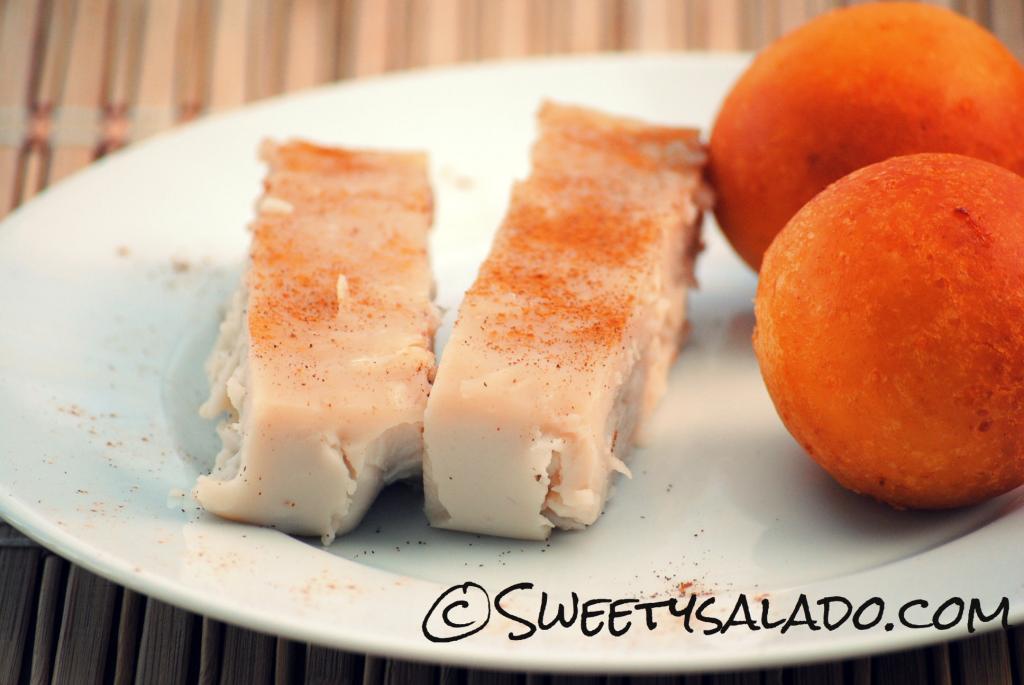
Colombian Natilla
Ingredients
- 4 ½ cups 1080 ml or 1 liter of whole milk (Divided)
- ¼ cup 50g white sugar
- ½ cup 107g packed brown sugar
- 1 dash ground cloves (Optional)
- 3-4 cinnamon sticks
- ¾ cup 45g shredded coconut (Optional)
- 1 cup 120g cornstarch
- 1 tbsp ground cinnamon (Optional)
Instructions
- Pour 3½ cups (840 ml) of milk into a big pot and over medium low heat.
- Now add the white sugar, brown sugar, cloves and cinnamon sticks. Stir really well and let milk come to a boil.
- Once the milk is boiling, remove the pot from the heat and let it rest for about 5 minutes.
- In the meantime, mix the cornstarch with the remaining cup (240 ml) of milk until it is completely dissolved.
- Once the 5 minutes have passed, put the pot back on the stove over medium low heat.
- Remove the cinnamon sticks and add the shredded coconut.
- Now you can add the dissolved cornstarch into the hot milk. Stir continuously until it thickens and you can see the bottom of the pot.
- Immediately pour the mixture into a serving or baking dish and let it cool for at least an hour before decorating with the ground cinnamon.
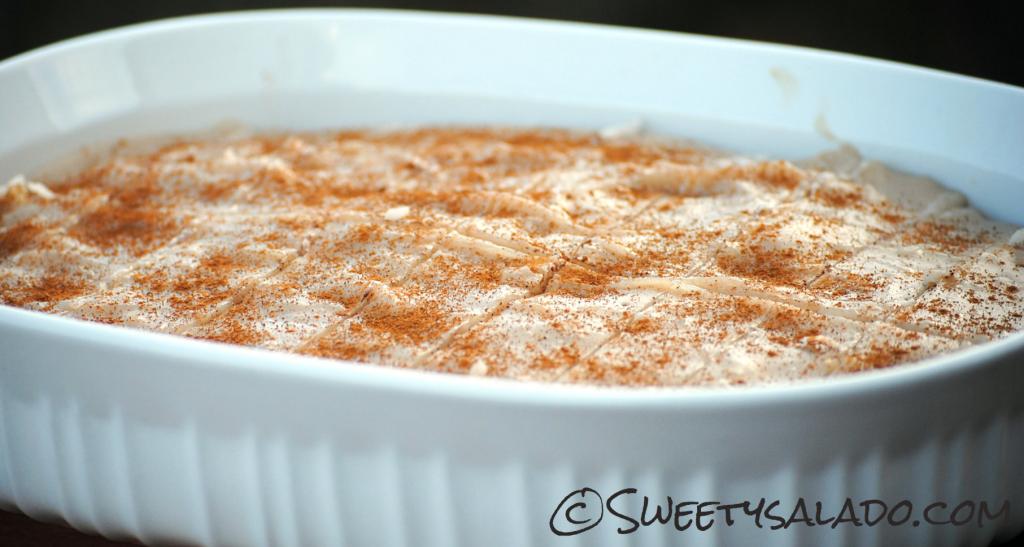

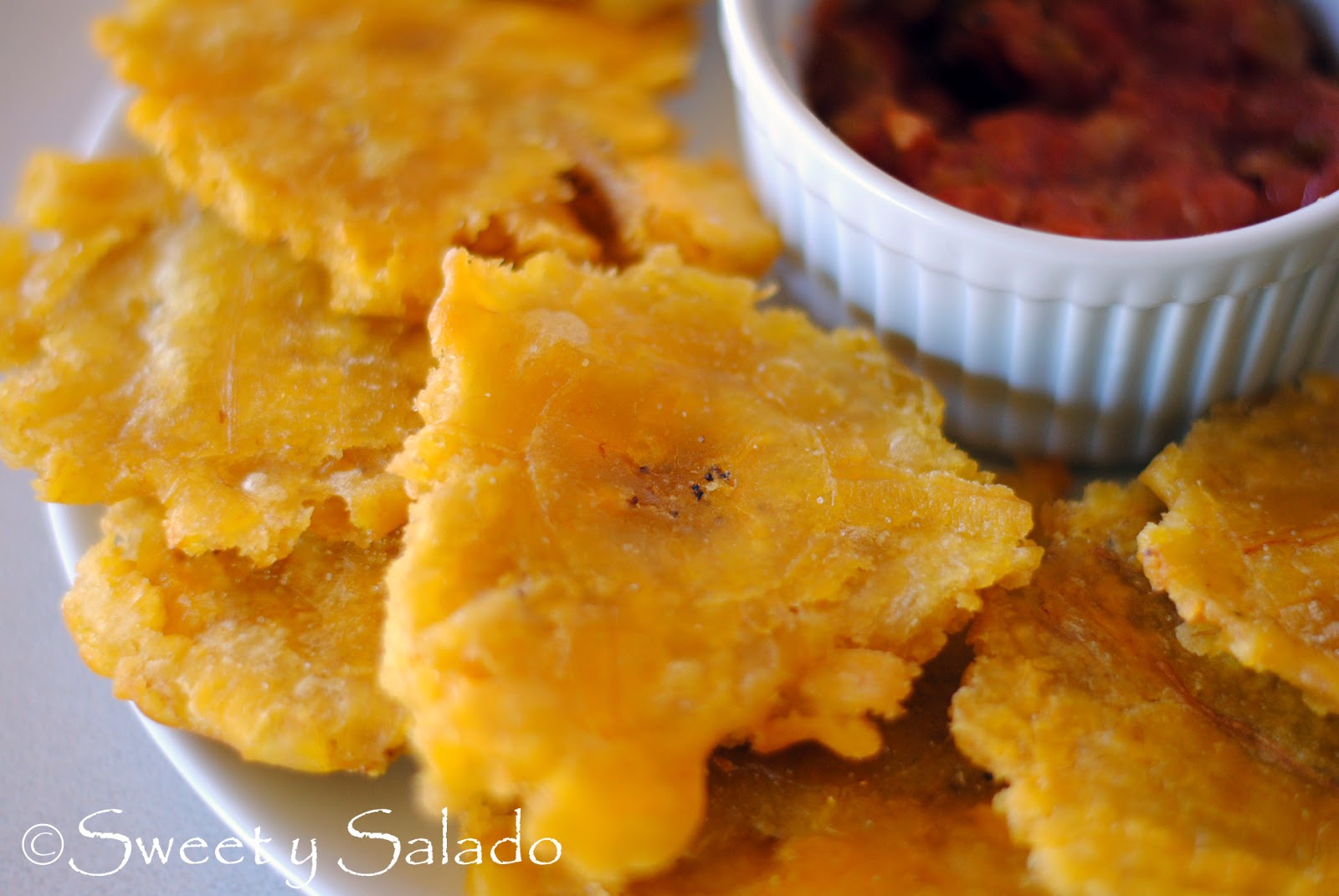
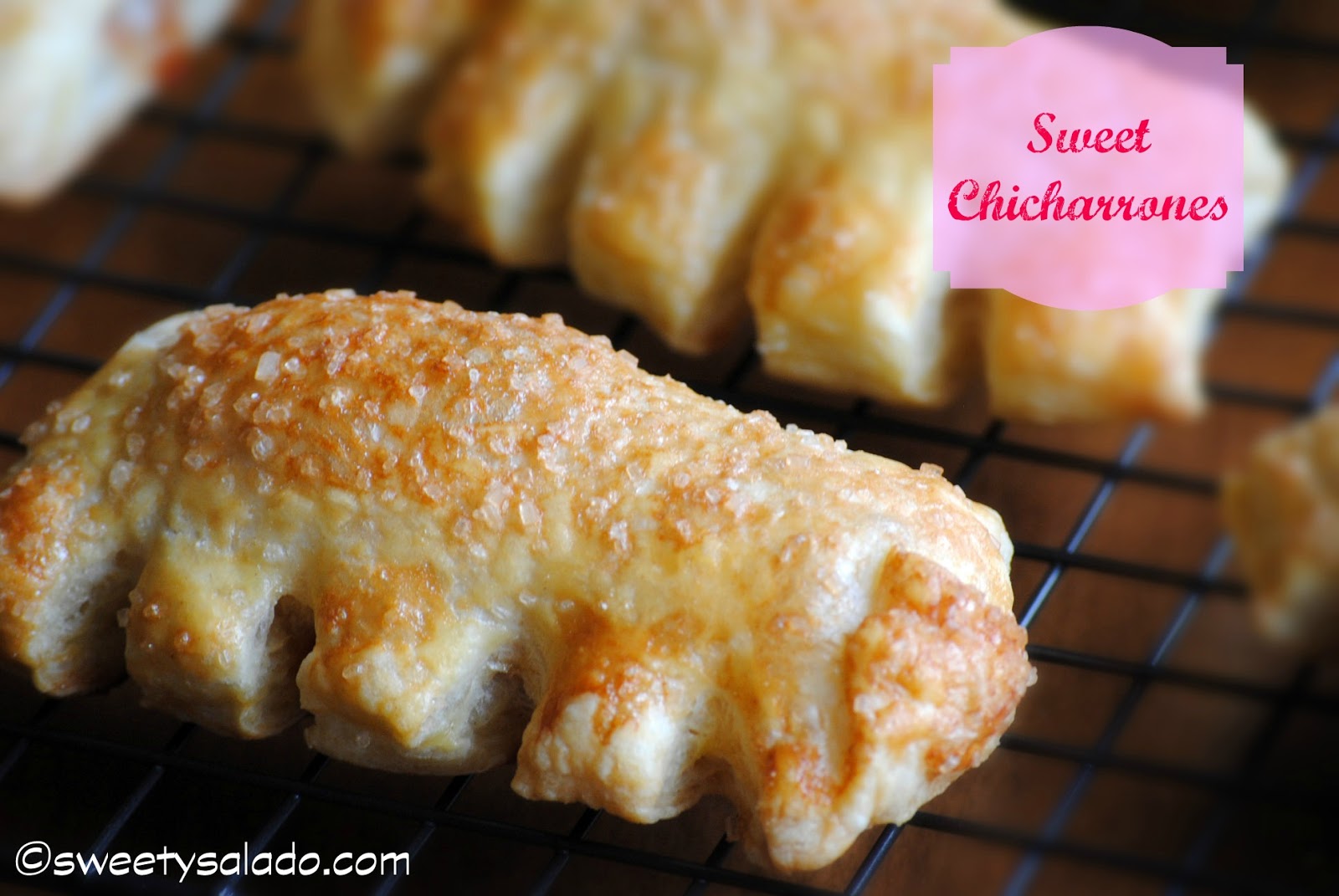

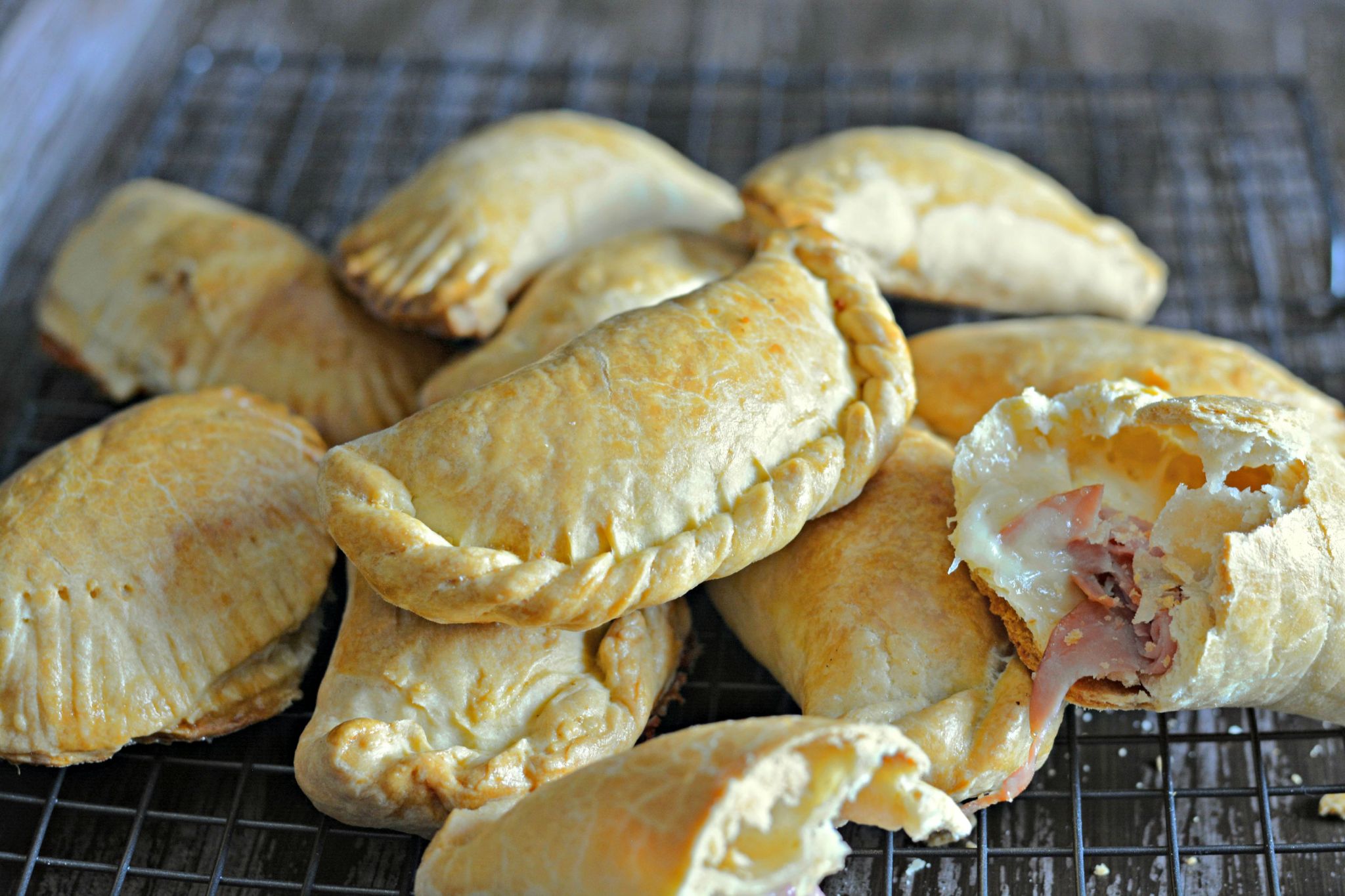
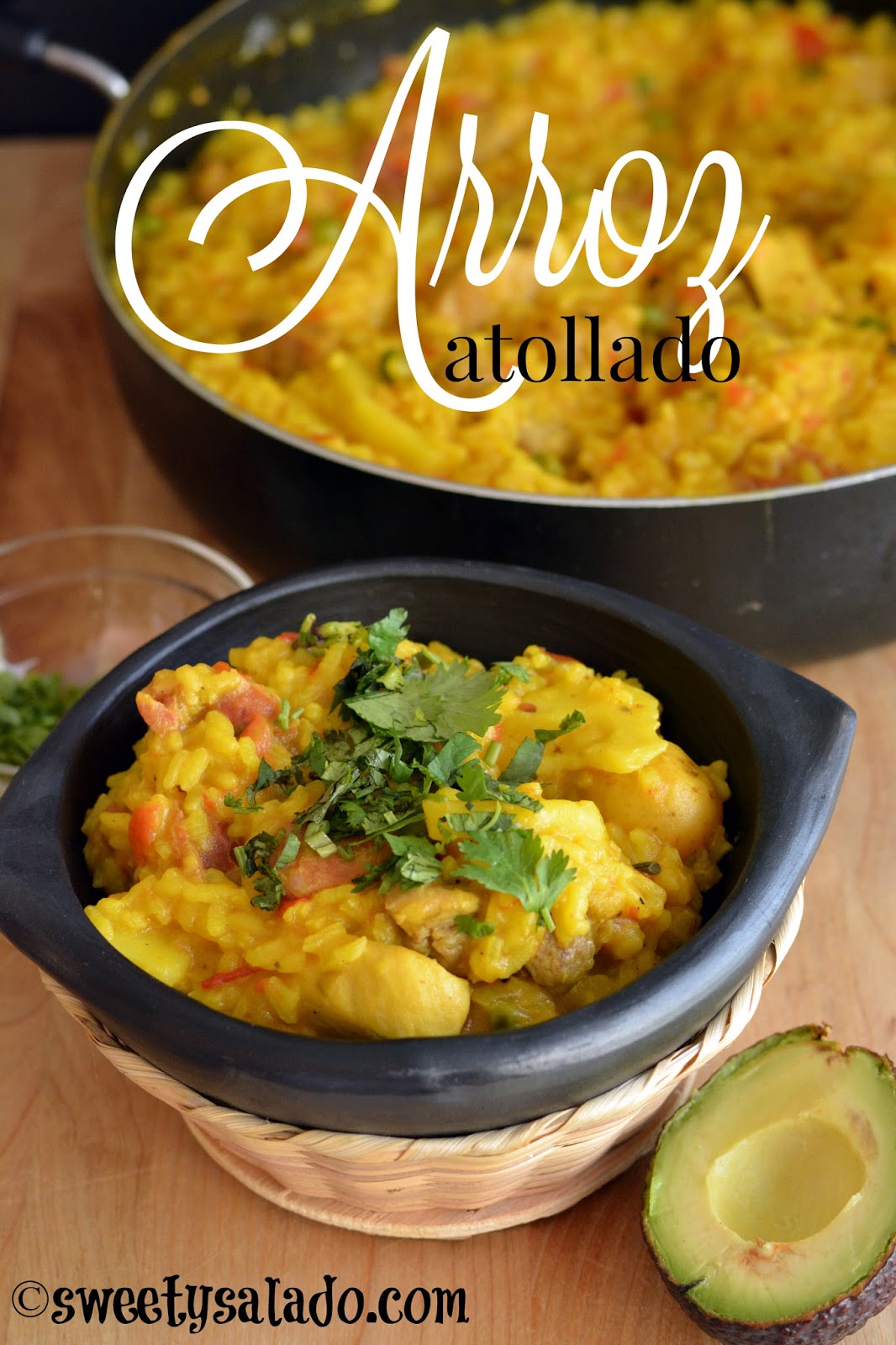
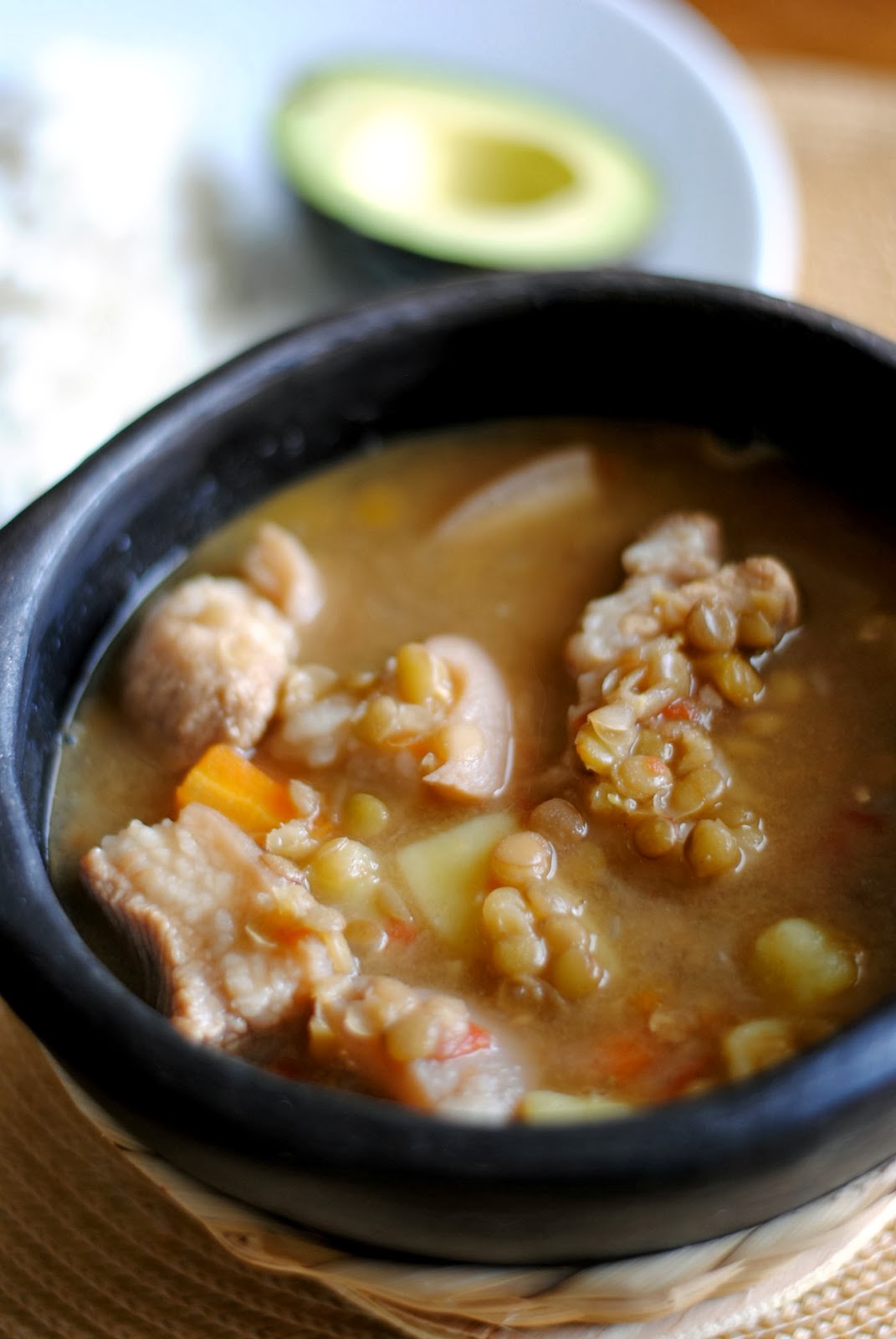
Thanks for the Natilla recipe. My daughter had to make an authentic Colombian recipe for her Spanish class and this was super easy and delicious!
Wow! Thank you so much for your comment and I'm really glad it turned out well. Congratulations. =)
Thank you,for your video.i have an art class that I take 2 times a month,because I love it.it has been a really big therapy session for me,opening my creative side.anyway this week,we are having a lunch for our group.the teacher asked us to bring something from our homeland.so I decided to bring barilla y bunuelos.something very delicious and fun.i am a Colombian women by birth.but raised in the USA.thank you.muchas gracias.con mucho amor,miss America.!!????☕️
has intentado usar jaggery (panela de India) como sustituto de panela?
No, esa no la he tratado, si la veo la compro. Pero, sí he tratado con piloncillo que es la panela mexicana y la verdad es que no me gusta mucho el sabor. Este fin de semana encontré panela colombiana en la tienda latina de mi ciudad y me salió extremadamente simple.
Hello, I do have access to panela. How much do you think I should use instead of sugar?
Hi yomaira, it all depends on how big your panela is. Last year I made it with one whole panela and they turned out fine, but you can start with ½ a panela and if you think it's too bland, then you can add the other ½. Keep in mind that you have to do this before you add the cornstarch. =)
Thank you for the recipes and encouragement. I Made the Natilla and required Bunuelos for a lovely Colombian woman I recently began seeing. It was apparently a big hit. After sharing it with coworkers and her Colombian friends it was rated (and perhaps me, by extension) an A++++. By following your instructions there were no explosions and everything appeared EXACTLY as your pictures indicated it should. I hope you have enough bandwidth to handle my explorations of your other exciting Colombian recipes.
I applaud you, Kevin for wanting to make your new Colombian lady happy with the natilla and buñuelos, which are soooooooo popular and traditional in Colombia. I'm so happy to hear that everything turned out great and that everybody enjoyed them! Let me know if you have questions about any of the recipes that I have on the blog!!! =)
Did you use whole milk or 2%? Or does it matter which one?
It's best to use whole milk because of the fat content.
Hola! Se guarda en la nevera? O al clima?
Hola Paula, como la natilla contiene leche, es mejor guardarla en la nevera.
Gracias Diana!! me encanto tu website y tus videos. Son muy claros y muy bien hechos!! muchas gracias por compartir todas estas recetas para nosotras que vivimos afuera de nuestra tierra.. y .. no sabemos cocinar comida colombiana!!:(:)
How long it need to have it thickness
It does take a while, about 10-15 minutes.
Oh, boy. Tonight I made natilla from a box mix. I read the directions several times. It didn't seem right but I did it anyway. First, it said to mix the 12 oz. of powdered mix with 6 oz. of milk. "Mix until dissolved". Uh-huh. No way is 12 oz. of any dry mix going to dissolve in 6 oz. or milk. So, that turned into more of a meal than a solution.The box recipe called for 28 oz of panela dissolved into 28 oz of milk. That seemed doable. Tossed in the cinnamon sticks. I brought it all to a boil over medium low heat. Time to stir in the mess made of the mix and milk. I dunno. When it started to get firm I stirred in the shredded coconut.I ended up with a lumpy mess. A good tasting lumpy mess nonetheless. After reading several recipes on natilla, 28 oz of panela seems a bit much. You mentioned in a comment above to start with half a panela to replace the sugar then add more to taste. Would 1 panela be about 4 oz? Does the panela also replace the white sugar?I'd never heard of natilla before coming across a recipe for pan de cielo. It looked so good that I thought I'd try making it. One of the ingredients was natilla. After doing some homework on natilla I thought I'd try making some. Behold, I find natilla mix at my local tienda. Wish I had found you first.I made the mistake of passing the link to the pan de cielo around the office. Now they're expecting it Monday. I Don't think they'll lynch me if I bring in warm brownies instead. Or maybe arepas.
Hi there! I'm sorry you had so much trouble with the Colombian natilla you tried to make and I also have bad news, this is not the natilla you need for your "pan de cielo". This natilla is a simple custard we make with corn flour or in this case, cornstarch, with milk and panela or sugar and it's never used to make other recipes. I believe the natilla you may be looking for is the Spanish version, which they call "natillas", plural. If you still want to make Colombian natilla, you can use 1/2 lb of panela, which will substitute the sugar. I personally don't use it because the panela you find here in the US is extremely acidic and it usually curdles the milk.
Hi. I posted my poor but tasty result from using a store bought mix a couple of weeks ago. I Wanted to say I followed your recipe to the letter and the natilla came out fine. When I make it again, I will use the panela because the natilla seemed a bit bland. The pan de cielo however was a smash hit. Looking forward to trying my hand at pandebono before the weather gets too hot.
Diana, thank you for this recipe. My mom is Colombian and she is spending December I’m Colombia this year so it’s up to me to make bonuelos y natillas this year. Thanks for making it look so easy! Happy New year!
:/ my milk curdled with panela in it… I think I let it get too hot, too much boiling… AND the milk I added to the box mix of natilla made it look glossy like it was liquidy, but it was pretty solid… what’s in that mix, puro corn starch?? Anyway, when I added that (hard) cornstarchy-milky-combo to the leche con panela (después de sacale los palitos de canela), it was lumpy. 🙁 I even tried adding more milk, a ver si se disolvían los grumos, y mezclaba con batidora de mano, pero nada… lumpy. So I added coco rallado and made it more lumpy and delicious, and hope no one will notice tomorrow 😀 How do I get rid of lumps?? And is the cornstarch & milk mixture supposed to be liquidy???
When making it with panela, the trick is to bring it to a boil with the milk. If you add it to boiling milk, the acid from the panela will curdle it. You can follow this recipe to make it with panela and it will come out great each time. https://sweetysalado.com/en/2022/12/natilla-made-with-cane-sugar.html
Thank you for posting the recipe! Every year I am always given the task of making the natilla, because of all of the heavy duty stirring involved. The natilla brand that we purchase has instructions printed on the box, but only in Spanish. Now that I’ve found your recipe, I won’t need Google translate. Plus I’m interested in seeing how mine will be with scratch ingredients. Thanks!